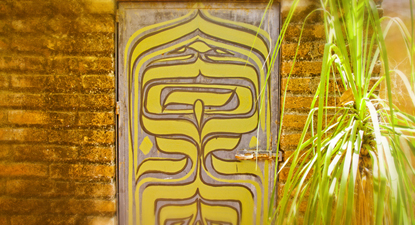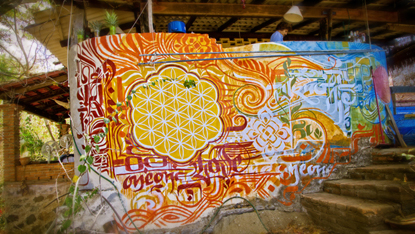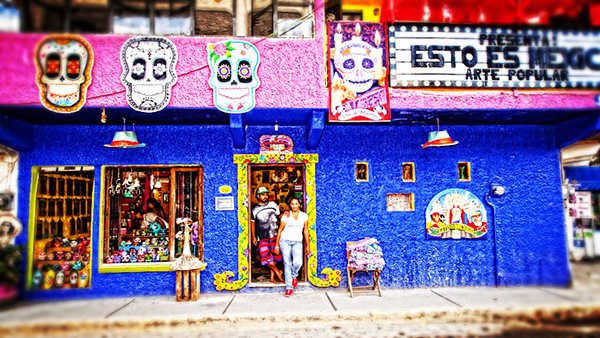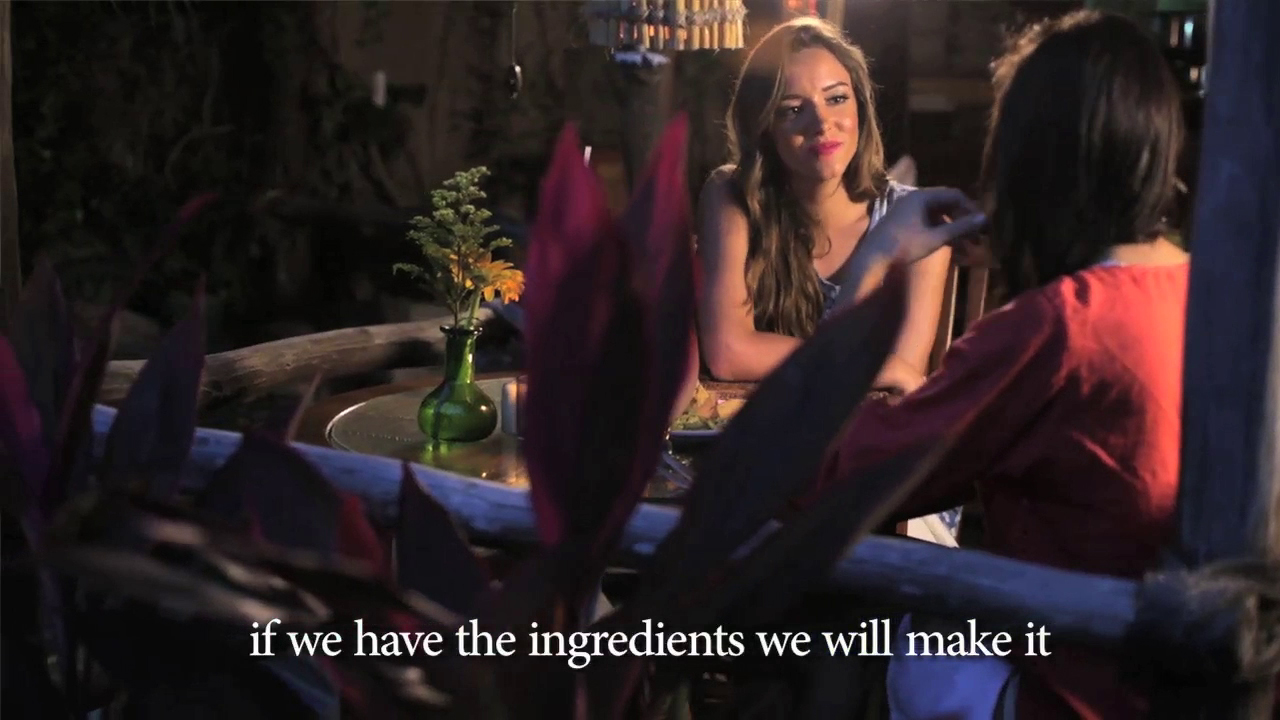Although people tend to think of Sayulita as a beach town and nothing else, those of us who live here would like to share a little secret: there are many modes of living here, and they are not all necessarily about living at the beach. Though everybody “lives at the beach” in the sense that the ocean is close by, no matter where you are, there are different environments, each offering a variation on your basic tropical lifestyle. There are hilltop palaces with views from here to Hong Kong, and there are humble motor homes in the trailer park, with laundry strung between coconut trees, a hundred feet from the breaking waves.

And everything in between. You can choose to live—or to rent, when visiting—downtown, uptown, up on a hill or right on the beach. House, apartment, hotel room, trailer. Budgets are always a consideration, but in almost every price point, you can find a variety of choices.

And for those who feel the need to get way out of town, you can find a place to rent in the jungle, overlooking the sea. A hotel room at the Playa Escondida, for example. Or one of the houses on the hills overlooking Carricitos Beach. There are several rental homes up in those forested hills, and many are for rent.

This is what Julia Blumenthal and Jonas Brewer, who both play in the Sayulita-based Mexican-American rock n’ roll band Los Tikkyliches, have done. Moved to the Carricitos jungle. Starting with a small, run-down brick house on the sea-view side of a hill by Carricitos, they have created this funky forest dwelling, complete with smokehouse, outdoor bedroom, enormous expresso machine (they’ll serve you coffee if you happen by), kitchen garden, and a bunch of intriguing art by Jasper Marino, an artist who hails from Santa Cruz, California. These images have a mandala-esque quality to them, but along with the labyrinthine allure of these murals, Julia says Marino in some cases is making shapes generated by Fibonacci sequencing–so it is here, on these humble brick walls, that math and mysticism meet. Julia is not the first to call it “sacred geometry,” but that’s the phrase she used. Whatever. It’s interesting stuff to see, a little different from the usual patterns or images one finds in Mexican wall murals, and it makes this cool little house a lively place to be.

Leonardo Fibonacci was a 12th century mathematician who discovered a numerical sequence that converges, almost magically, on the number phi, which is the famous “Golden Mean” of mathematics. If you interpret it visually, the sequence also generates the sort of intriguing images artist Marino is playing with here. The sequence is generated by adding together each previous pair of numbers to generate the next. Begin with 0 and 1: 0, 1, 1, 2, 3, 5, 8, 13, 21, 34, 55, 89, etc.

Why is this here, in this blog? Well, we figure if we’re going to mention something as arcane as this mystical sequence in passing, at least a small explanation is needed. But seriously, if you start reading about these numbers, you can see how someone like the artist here might have gotten obsessed. And by the way, when you live, or visit, a place called Sayulita, possibly you’ll find time to ponder these cosmic questions.

In any case it does generate some wonderfully enchanting imagery, right on the walls of this funky little brick house on a hillside overlooking Carricitos Beach.

Come check it out. There are several homes on the same hillside available for rent by the week or longer, and if you rent one, say, the one with the enticing Balinese style bed, open to the sea, that you see here, you can stop down at their house for a cuppa coffee and a look around Fibonacci-land. Check out Casa Carricitos or Casita Ganesh online. If you should rent one of these houses, you’ll be sharing these magnificent views of Carricitos and the Pacific; you’ll also have access to the lovely new pool with an infinity edge, pictured here, and the whole wild world out there.

One thing about the “peace and quiet” of a getaway spot like this that you need to know: quiet it is not. Between the birds and the breaking waves and the cicadas and the rest of the critters of all shapes and sizes, it’s an organic symphony, nature cutting loose in high volume harmony. It takes some getting used to. But most people grow to love the racket that the great outdoors generates in this part of the world. Better that than trains, planes, and automobiles.











